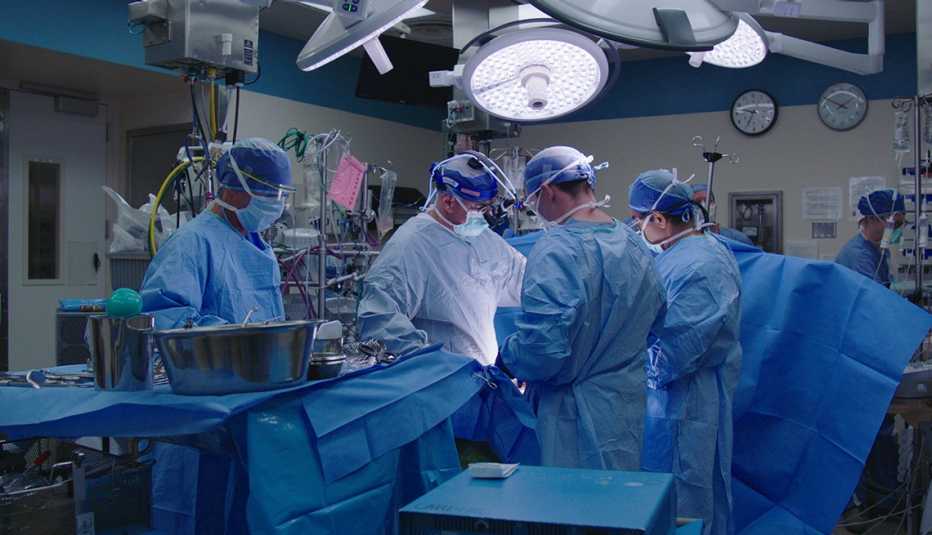Staying Fit


The famed filmmaker Ken Burns is known for tackling big American subjects such as the Civil War, the Dust Bowl, the national parks, baseball and Prohibition. His latest documentary, The Mayo Clinic: Faith – Hope – Science, explores a smaller topic: The Mayo Clinic, the prestigious hospital system based in Rochester, Minnesota.
The two-hour special that airs tomorrow night at 9 p.m. ET on PBS offers both the fascinating story of its founding nearly 150 years ago and rise to preeminence, and, less interesting, glowing testimonials to its current excellence.


AARP Membership— $12 for your first year when you sign up for Automatic Renewal
Get instant access to members-only products and hundreds of discounts, a free second membership, and a subscription to AARP the Magazine.
Burns tells us that he chose the Mayo Clinic as a subject because, “I go there now for an annual checkup and was just stunned when I first went there by the level of care, the quality of care, the efficiency of care.” And once he started reading about its history, “it was just flabbergasting.”
No doubt, its history is worth telling. The Mayo Clinic, considered by many to be the best hospital in the country (“which to me means on earth,” Burns notes) began with a Rochester doctor from England named William Mayo and a deadly tornado in 1883. Mayo and his two sons, Will and Charlie, treated dozens of wounded, using the Sisters of Saint Francis’ convent school as a makeshift medical center.
The convent’s Mother Superior reported having “a vision from God” that the sisters should build a hospital. Though Mayo was “an agnostic Darwinian,” according to the film, he worked with the nuns to fund and build that hospital in the cornfields of Minnesota. When it opened as St. Mary’s Hospital in 1889, Will and Charlie, now doctors like their father, steered the institution through its early years, implementing sterilization and cleanliness procedures that were still cutting-edge at the time.
Burns and his team (the film was produced and directed by brothers Erik Ewers and Christopher Loren Ewers) make the case that this and other innovations laid the groundwork for the clinic’s current greatness: All profits were directed into a trust for education, research and patient care, for instance; doctors were put on salary instead of fee-for-service so they wouldn’t be encouraged to order unnecessary tests; and they created a new way to standardize records that was adopted by hospitals around the country.
By 1938 the hospital that's been called “the miracle in a cornfield,” now known as the Mayo Clinic, had treated one million patients.
The film is less compelling when it jumps forward to the hospital’s modern successes, interviewing staff and patients — including the Dalai Lama, who gets checkups there — who sing the Mayo's praises (the hospital's public relations department is surely swooning). An interview with the late John McCain is poignant, however. He says, “They’ve been very straight with me, and that’s important.”

































































More From AARP
'Whitney': Who Killed America's Sweetheart?
New doc chronicles the singer's sad, too-short life